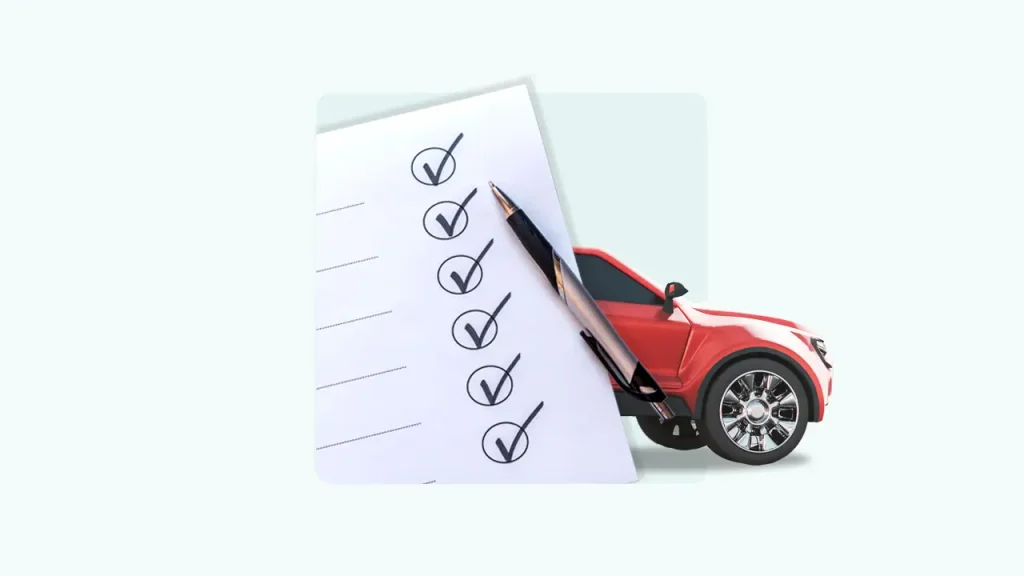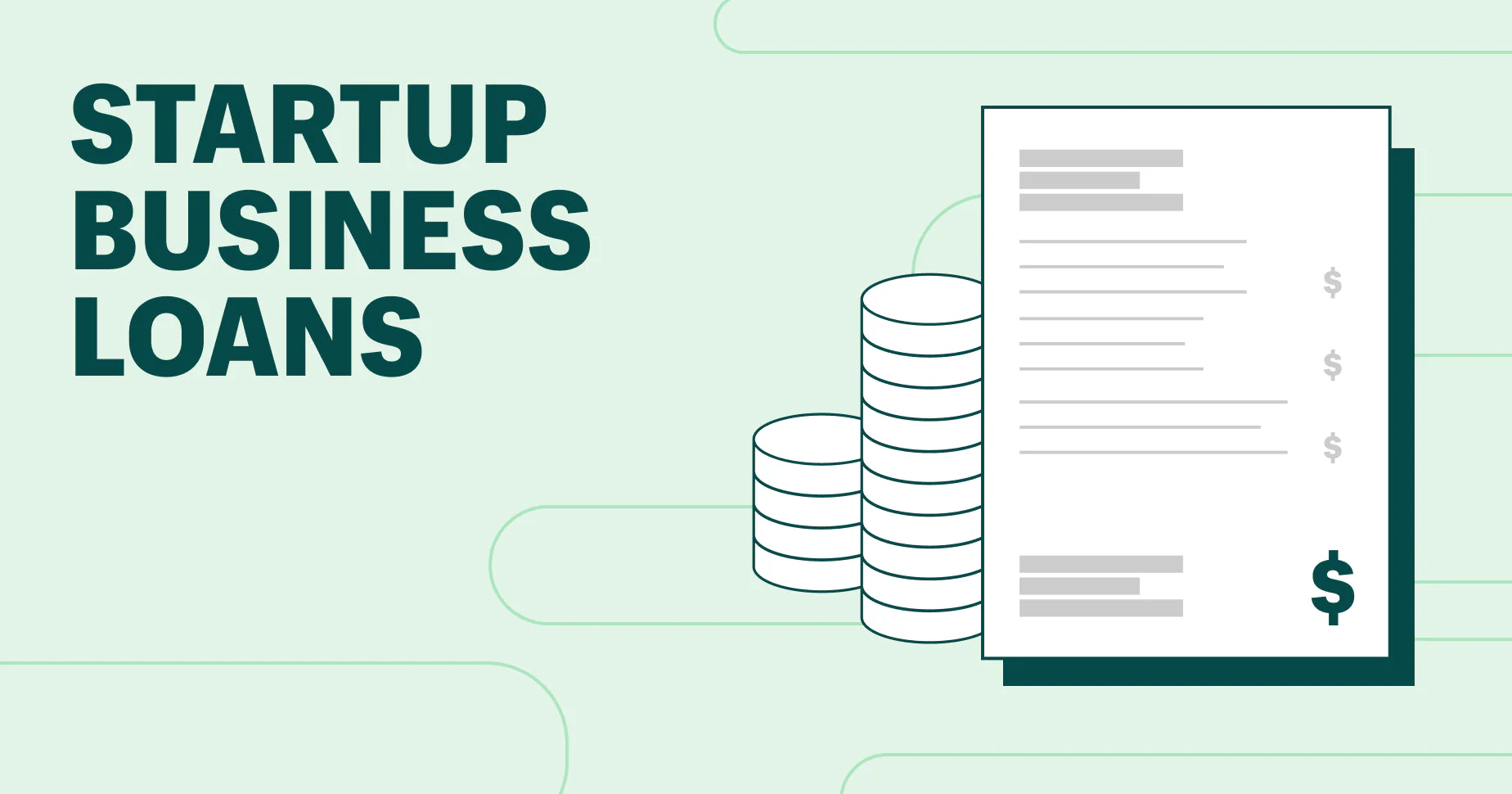Purchasing a car in the Philippines often involves navigating the intricacies of an auto loan. While the dream of owning a new vehicle is exciting, the actual process of securing a loan can seem daunting. Understanding the required documents and procedures for an auto loan application is the most crucial step to ensure a smooth and successful approval. Being well-prepared not only saves you time but also significantly increases your chances of getting approved for the car loan that fits your needs. This comprehensive guide will walk you through the essential eligibility criteria, the detailed document checklist for various applicant types, and the step-by-step procedure, empowering you to approach your auto loan application with confidence.
1. Essential Eligibility Criteria for an Auto Loan
Before you even start gathering documents, it’s vital to determine if you meet the basic eligibility requirements set by most banks and lending institutions in the Philippines. These criteria are designed to assess your creditworthiness and your capacity to repay the loan.
General Applicant Requirements
- Age: Most lenders require applicants to be at least 21 years old and not older than 65 years old upon loan maturity. For some, the maximum age can be 70, provided the loan is fully paid by then.
- Citizenship: You must typically be a Filipino citizen. Foreign nationals residing in the Philippines may be eligible but often require a Filipino co-maker or additional requirements.
- Income Stability: Lenders prioritize applicants with a stable and verifiable source of income. This usually means consistent employment or a profitable business for a certain period.
- Minimum Income: Banks typically set a minimum gross monthly income requirement, which can range from
₱30,000to₱50,000or more, depending on the bank and the loan amount. This ensures that you have sufficient disposable income to cover your monthly amortization. - Credit History: A good credit history is paramount. Lenders will check your credit report for any past due accounts, defaults, or negative payment behaviors. A clean credit record significantly boosts your chances of approval and can even lead to better interest rates.
- Employment/Business Tenure:
- For Employed Applicants: You should ideally be a regular or permanent employee with at least one to two years of continuous employment with your current company.
- For Self-Employed Applicants: Your business must have been in profitable operation for at least two to three years and be duly registered.
Meeting these fundamental criteria is your first step in successfully navigating the auto loan application process.
2. The Comprehensive Document Checklist: What to Prepare
The most critical part of your application is the documentation. Having all the necessary papers in order will not only streamline the process but also demonstrate your seriousness and preparedness to the lender. The requirements vary slightly depending on your employment status.

For Locally Employed Applicants
This is the most common category, and the documents aim to verify your identity, employment, and consistent income.
- Bank’s Auto Loan Application Form: Duly filled-out and signed.
- Proof of Identity: Photocopy of at least two (2) valid government-issued IDs (e.g., Passport, Driver’s License, SSS/UMID ID, PRC ID).
- Proof of Billing: Latest original utility bill (e.g., Meralco, water, internet, or postpaid phone bill) under your name. If the bill is not under your name, a barangay certificate or a notarized waiver from the bill’s owner may be required.
- Proof of Income:
- Original Certificate of Employment (COE) stating your position, salary, and length of service.
- Latest Income Tax Return (ITR) or BIR Form 2316.
- Latest three (3) months’ payslips.
- Latest six (6) months’ bank statements (where your salary is credited).
- Vehicle Documents: Pro-forma invoice or a quotation from the car dealership.
For Self-Employed Applicants
Lenders require more extensive documentation for self-employed individuals to verify the legitimacy and profitability of their business.
- Auto Loan Application Form and Proof of Identity: Same as for locally employed applicants.
- Proof of Billing: Same as for locally employed applicants.
- Business Registration:
- Department of Trade and Industry (DTI) Certificate of Registration (for Sole Proprietorship).
- Securities and Exchange Commission (SEC) Registration and Articles of Incorporation/Partnership (for Corporation/Partnership).
- Latest Mayor’s Permit or Business Permit.
- Financial Documents:
- Latest two (2) years’ Audited Financial Statements (AFS) with BIR-stamped ITR.
- Latest six (6) months’ bank statements (personal and/or business account).
- List of three (3) trade references (suppliers/clients) with contact details.
- Vehicle Documents: Pro-forma invoice or a quotation from the car dealership.
For Overseas Filipino Workers (OFWs)
OFWs often face unique challenges due to their employment abroad. Lenders require documents to prove their stable remittances and often a local co-maker.
- Auto Loan Application Form and Proof of Identity: Same as for locally employed applicants, plus a photocopy of your valid passport with visa/work permit.
- Proof of Billing: Same as for locally employed applicants (can be for your Philippine address).
- Proof of Income:
- Valid employment contract or Consularized Certificate of Employment.
- Latest six (6) months’ proof of remittances or bank statements (showing consistent remittances).
- Co-Maker/Attorney-in-Fact Documents:
- Special Power of Attorney (SPA) authorizing a local representative to act on your behalf.
- Photocopy of at least two (2) valid government-issued IDs of your local representative.
- Proof of income of the co-maker (similar to employed or self-employed requirements).
- Vehicle Documents: Pro-forma invoice or a quotation from the car dealership.
For Corporations/Partnerships
When a business entity applies for a car loan, the requirements are extensive and focus on the company’s legal and financial standing.
- Company Profile.
- SEC Registration Certificate with Articles of Incorporation and By-Laws.
- Latest General Information Sheet (GIS).
- Board Resolution or Secretary’s Certificate authorizing the loan application and designating signatories.
- Latest three (3) years’ Audited Financial Statements (AFS) with BIR-stamped ITR.
- Latest six (6) months’ bank statements.
- Photocopy of two (2) valid IDs of authorized signatories.
- Vehicle Documents: Pro-forma invoice or a quotation from the car dealership.
3. The Step-by-Step Auto Loan Application Procedure
Once you have gathered all your documents, the application process generally follows a standard procedure across most banks and lending institutions.
Step 1: Pre-Qualification and Inquiry
- Research: Begin by researching different banks and lending companies. Compare their auto loan products, interest rates, down payment requirements, and terms.
- Initial Inquiry: Contact your preferred lender(s) (via their website, phone, or branch visit) to inquire about their specific requirements and eligibility. You can often get pre-qualified at this stage based on basic information.
Step 2: Application Submission
- Complete Application Form: Fill out the auto loan application form accurately and completely.
- Submit Documents: Submit all the required documents as per your applicant type to the bank or lending company. Ensure all photocopies are clear and that original documents are available for verification if requested.
Step 3: Credit Investigation and Verification
- Credit Check: The lender will conduct a thorough credit check with the Credit Information Corporation (CIC) to review your credit history and score.
- Verification: The bank will verify the authenticity of your submitted documents, including your employment details (via phone calls or site visits to your employer), income sources, and personal information.
Step 4: Loan Approval and Offer
- Loan Assessment: The bank’s credit committee will assess your application, financial capacity, and creditworthiness.
- Approval Notification: If approved, the bank will inform you of the approved loan amount, interest rate, monthly amortization, and loan terms. They will provide you with a Letter of Offer or a Loan Approval Advice.
Step 5: Loan Documentation and Signing
- Review Loan Contract: Carefully read and understand all the terms and conditions in the loan agreement, promissory note, and chattel mortgage.
- Sign Documents: Sign all the necessary loan documents. You may be required to pay the down payment directly to the dealership at this stage.
Step 6: Vehicle Release and Loan Disbursement
- Insurance: You will typically be required to get comprehensive car insurance with the bank as the loss payee for the entire loan term.
- Chattel Mortgage Registration: The bank will register the chattel mortgage on the vehicle.
- Loan Disbursement: Once all requirements are met and the chattel mortgage is registered, the loan amount will be disbursed directly to the car dealership.
- Vehicle Release: The dealership will then release the car to you.
Typical Processing Time
The approval process can vary, but generally, it takes anywhere from 3 to 7 business days once all complete documents are submitted and verified. Complex cases or those requiring additional verification might take longer.
Conclusion
Securing an auto loan in the Philippines is a multi-step process that demands thorough preparation. By familiarizing yourself with the required documents and procedures for an auto loan application, you can navigate each stage with confidence and precision. Understanding the eligibility criteria, preparing a complete and accurate set of documents tailored to your applicant type, and knowing what to expect during the application process are your keys to a successful loan approval. With meticulous planning, your dream of driving home in a new car can swiftly become a reality.













